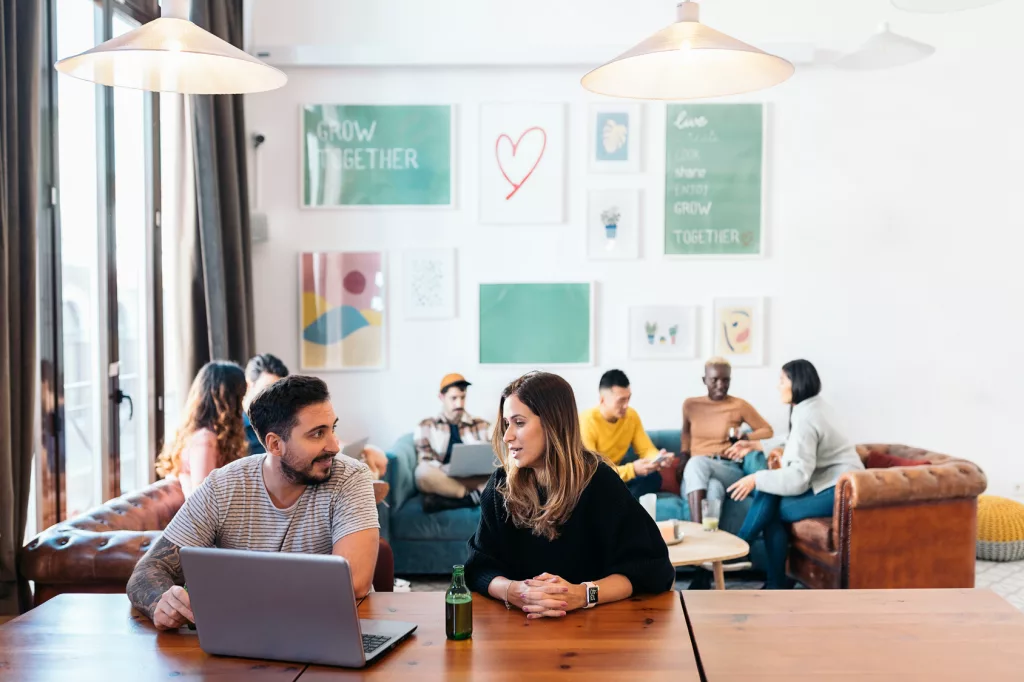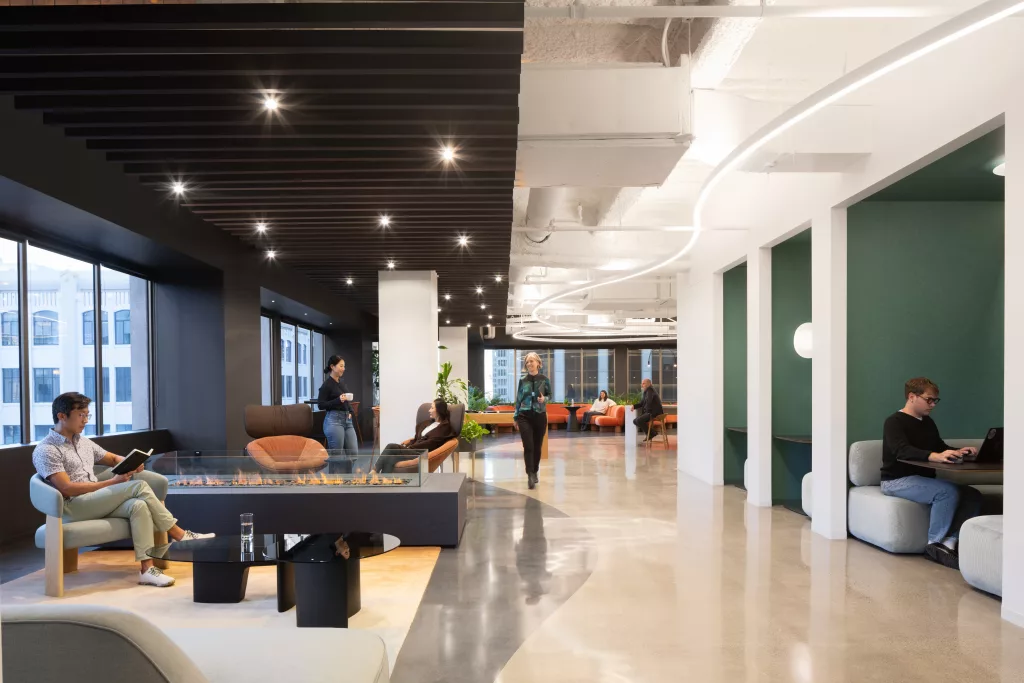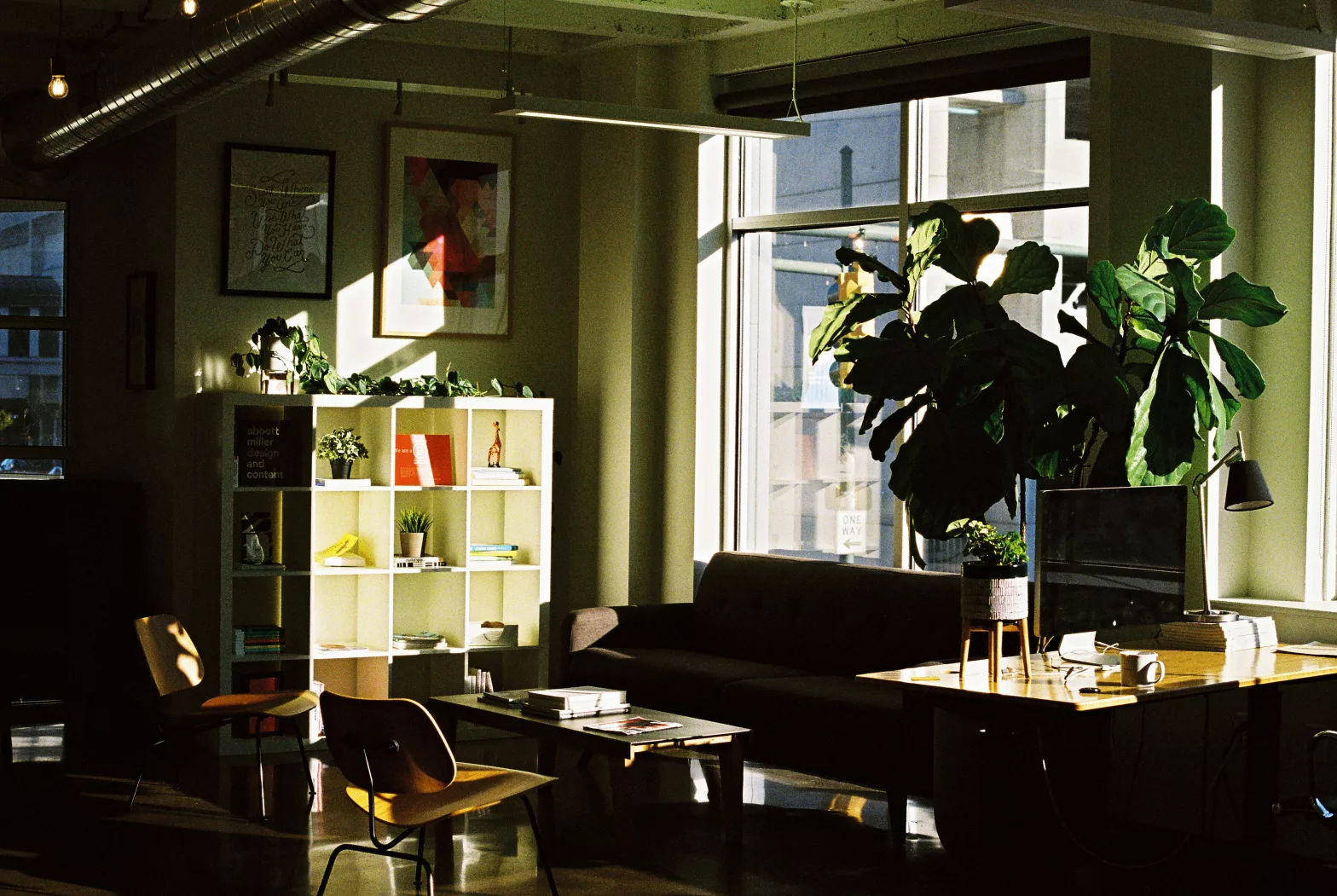People want workspaces that foster connection, yet most offices don’t meet expectations.
It’s been called many things. Human-centered design. Resimercial design. Wellness design. Neighborhood-based planning. Activity-based design. And now — Relationship-based work.
The nut of it is all the same: that the value of the workplace is not just about heads down, productivity, better WiFi or more monitors; it’s about relationships and connection that happen inside the space.
Yet only 38% of employees say their workplace provides a great experience and just 26% say their current workplace helps them do their best work, according to Gensler’s 2025 Global Workplace Survey.
“The best workplaces don’t just support work — they reflect what people value most,” says Janet Pogue McLaurin, global director of workplace research at architectural design firm Gensler. “After two decades of studying how and where people work, one thing is clear: the most effective spaces are those that adapt to people — not the other way around.”
For all the pros of remote work, people who are fully remote feel significantly more lonely than those who go into the office, according to a separate recent Gallup study. We need other people, and we need the office.
Genser’s study found that three of the top five reasons for coming to the office include meeting, socializing, or collaborating with colleagues. Socializing remains a top priority across all generations to foster personal and professional fulfillment.
Workplace design and planning can either make or break whether the office lives up to a fulfilling experience.
In the past, we had most of our office space dedicated to productivity. Heads down, cranking out work. Because people can work from anywhere these days—social clubs, coffee shops, living rooms at home—the office isn’t where work always gets done.
But the office can be one of the most ideal types of spaces to clear the way for building strong relationships. Now, those wellbeing spaces and lounge areas are core to the office, offering spaces to collaborate, socialize and learn.
Designing for relationships
Designers and leaders are embracing the concept of making the office the space for collaboration, culture, ideas, inspiration and ‘a-ha’ moments. They’re carefully considering what will get people out of their seats during the day—and open up the possibility of serendipitous interactions that lead to innovation and connection.
They are, for instance, creating one single coffee shop in an office instead of two or three to better draw everyone together to create that energy and intensity inside a space. They’re approaching the office like neighborhoods, which reflect different teams and how they work. They are thinking of offices as town squares with “roads” inside offices that lead to amenities and diverse work settings.

—AdobeStock
When asked to describe the ideal workspace experience, people cite creative labs and residential experiences as top choices. People want “collegial clubhouse spaces” that feel like home or boutique hotels, the survey says. They want dynamic, collaborative spaces that promote well-being, comfort and a sense of play. This runs across all age groups.
People want quiet, comfort and nature, too.
But just as important as designing offices to encourage interaction is the need for more visual and acoustic privacy, whether that’s breaking up the space with screens, open bookshelves, plants and booths/pods for focused work, according to a 2024 survey by MillerKnoll and Workplace Trends called The Enticing Workplace: Attracting People Back to the Office.
At least 40% of global workers place as access to operable windows and natural light as top priorities, and 36% prefer spaces with greenery. The small things in an office can also make a difference: Whether the couches are comfy, if there is a quiet space for a call or if other people are there, too.

—Gensler
People tend to feel better in the office if they have more control over their environment—having their own desks, bookshelves, control over lighting and temperature and noise levels, according to the The Enticing Workplace survey.
It’s clear that a gap exists between the current workplace experience and what employees value and want.
It’s critical that employers invest in fixing the nonnegotiables, including eliminating noise, distractions and making more available spaces to work. Smart employers will also invest in creating a variety of spaces from which to choose, and that workplaces go beyond simply a place to work—but become spaces for meaningful, shared experiences and building relationships that matter.
